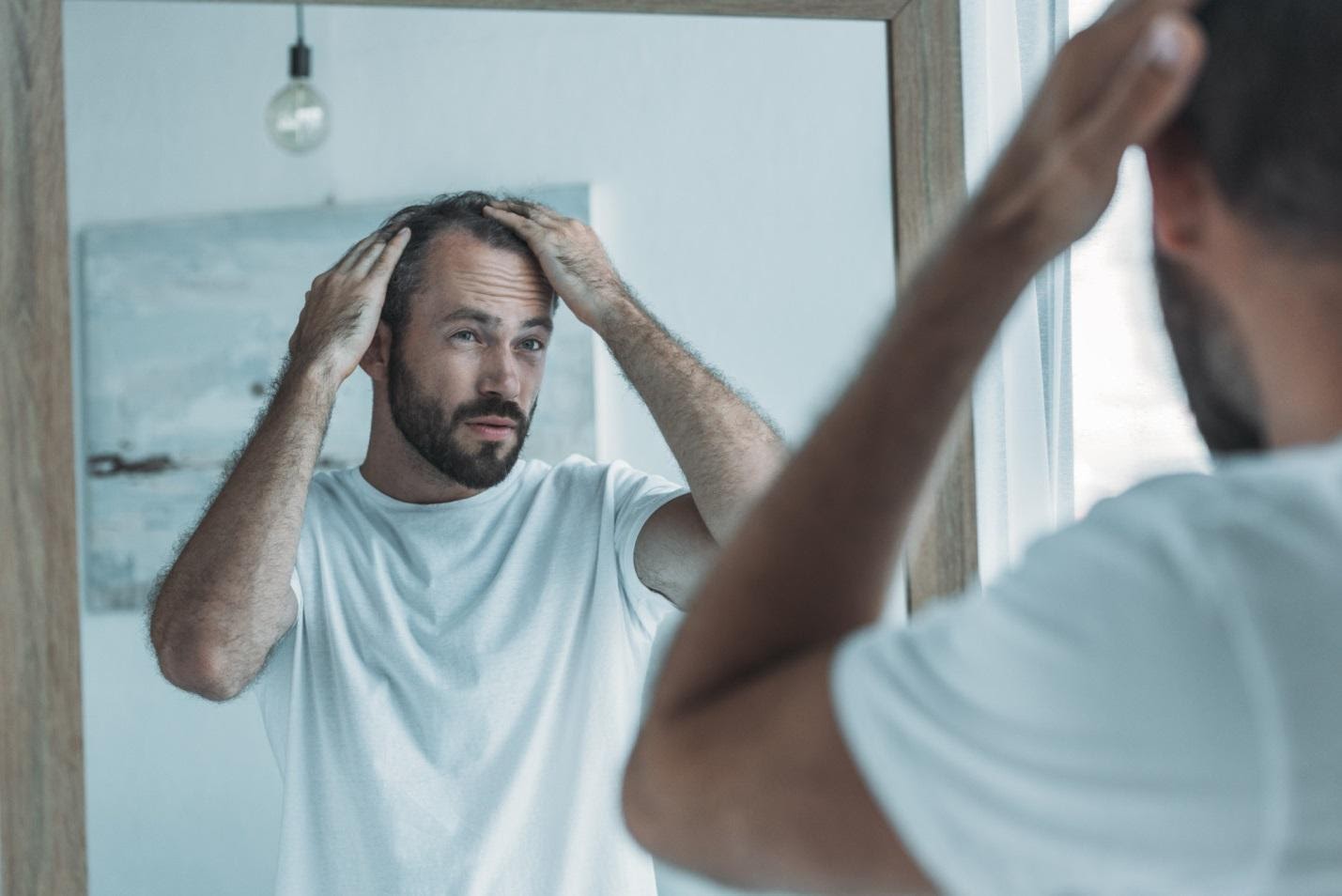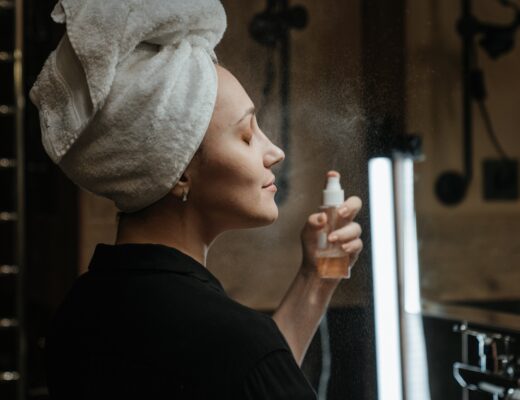When you think about it in anatomical terms, the hair on top of your head is really just thousands of strands of dead protein cells. But in reality, it’s so much more than that.
How you feel about your hair has a direct impact on how you think and act. If you feel that you’re having a good hair day, for example, you’ll likely experience a higher level of confidence and self-respect.
Unfortunately, hair loss is extremely common among men, especially after the age of 35. The best hair loss treatment for men will vary depending on your lifestyle, but the data is clear.
About 60% of men begin to notice hair loss in their 30s, and that number jumps to 85% by the age of 50. And although there’s no guaranteed cure, there are things you can do to slow the process!
Read on to learn some of the best treatments and remedies for male pattern baldness.
1. Take Care of Your Hair
If you’ve never learned good hair care practices before, now’s the time to start. It’s common for men to overlook this part of grooming, but taking hair care seriously can do wonders for its health.
First, it’s important that you’re as gentle as possible with your hair. Keep your hair in its natural state, meaning you should avoid any chemical treatments, bleaching, and hot oil treatments.
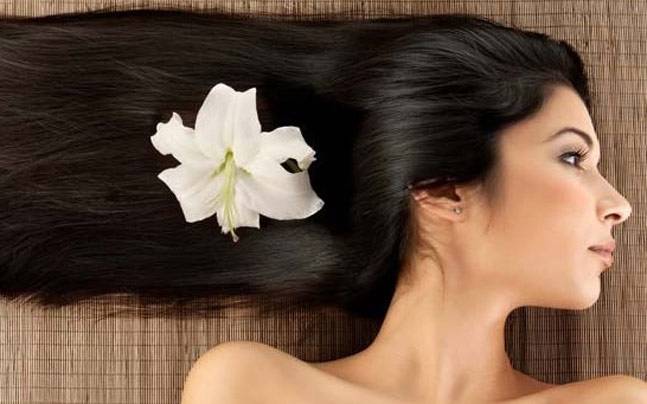
Curling and straightening irons can also damage your hair, so avoid the use of these styling tools. If you have longer hair, it’s okay to pull it back every now and then, but constantly pulling your hair tight can cause hair loss. Wear it down as often as you can and save tight styles such as braids, buns, and ponytails, for special occasions.
2. Manage Stress
Before you reach for any over the counter treatments, take an honest look at your lifestyle. Are you doing anything that can negatively impact your health, thereby damaging your hair?
The health of your hair is a direct result of your overall quality of health. And one of the main health issues faced today is stress. You may not think of stress as a health problem, but stress can put you at risk for a variety of mental and physical ailments.
Headaches, depression, and increased risk of heart attack are just a few of the possible effects of prolonged stress. Not to mention, stress can cause your hair to fall out.
If you’re part of the 50% of Americans who report being more stressed than ever in recent years, you need to make a change, not only for your hair but for your health and quality of life as well.
One of the best things you can do to manage stress is to improve your sleeping habits. Aim for 7-9 hours per night of restful sleep. If you find that stress is keeping you awake, incorporate more exercise into your daily routine, and try meditating or writing in a gratitude journal before bed.
3. Improve Your Diet
As we discussed before, if you’re in good health, your hair is more likely to stay in good shape. And nothing impacts your health as much as your diet.
Now, “diet” here doesn’t mean cutting calories or eating to bulk, it simply means the foods you choose to put into your body. A well-balanced diet is the key to good health and strong hair.
Your plate should be filled with colorful fruits and vegetables with some lean protein, healthy fat, and whole grains mixed in. While there’s nothing wrong with a sweet treat once in a while, your sugar intake should be limited.
There are certain types of foods associated with hair health due to the vitamins and minerals they possess. Try to get plenty of iron in your diet with lean beef, leafy vegetables, and eggs. Omega-3 fatty acids and protein are beneficial as well and can be found in salmon, flax seeds, and nuts.
4. Quit Smoking
To put it in plain terms, if you smoke, you should stop as soon as possible. Smoking is absolutely terrible for your health and your hair.
On top of hair loss, cigarettes cause premature wrinkles and grey hair, lung, throat, and bladder cancer, cardiovascular disease, stroke, reduced fertility – need we go on?
The good news is, former smokers who’ve made it 10 years or more without a cigarette are at a noticeably lower risk. In fact, their risk of developing these diseases dropped to be about the same as someone who’s never smoked at all.
5. Get Scalp Massages
Unlike a back or body massage, a scalp massage involves gently rubbing the scalp with only the pressure of the fingertips. Remember, being rough on your hair and scalp will have a negative effect.
Although the hair shaft is made up of dead cells, the follicles from which the hair grows are alive. Rubbing your scalp for a few minutes a day stimulates these follicles, promoting hair growth.
In a 2019 study, men were instructed to perform scalp massages on themselves twice a day. And it was found that almost 70% of the participants saw improvement in their alopecia!
Take about 5 minutes twice a day to give yourself a scalp massage. Using your fingertips, move your hands in small circles until you’ve made your way across your entire scalp.
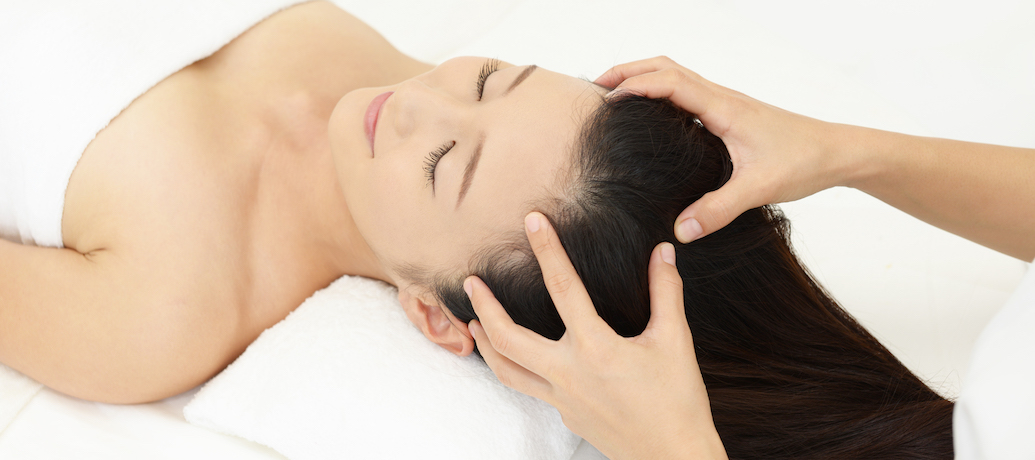
If you can fit it into your budget, you should also consider treating yourself to a professional scalp massage from time to time.
6. Try Natural Remedies
Once you have your lifestyle in check, you can move on to supplemental remedies. Ask your doctor before taking any, as supplements can alter the effects of any prescription medications you may be taking. That being said, there are a variety of natural hair loss treatments available, some of which include:
Oils and Extracts
While it’s true that hot oil is not recommended for those suffering from hair loss, certain oils (applied at room temperature) can help with hair growth. Peppermint and rosemary oils, for instance, increase blood circulation and have a stimulating effect on the scalp.
You could also try rosemary extract, coconut oil, or olive oil. These substances have less evidence behind them in terms of hair growth but are great for hair health regardless.
Biotin
Vitamin H, or biotin, can be found in supplement form, or in foods such as nuts, eggs, oats, and sweet potatoes.
Biotin is one of the B complex vitamins and can boost the health of many parts of your body, including your skin, eyes, nervous system, and, of course, hair. Try to get at least 30 mcg of biotin in your daily diet.
Green Tea
A daily cup or two of green tea can be highly beneficial to your health. Green tea contains polyphenolic compounds that can be used as a treatment for hair loss.
This miracle drink also improves brain function, helps you maintain a healthy weight, and lowers your risk of cancer. Even if you’re not a fan of teas, the benefits of green tea are too great to ignore.
7. Consider Hair Transplants
When considering hair transplants, you have a few options. Depending on the severity of your hair loss, you can effectively create the illusion of thick hair with scalp micropigmentation. With this therapy, the best results are achieved on those with shaved heads or a good distribution of hair over the scalp.
However, applying pigment to your scalp isn’t the same as true hair regrowth. For this, you’ll need a true transplant. The two most common procedures are follicular unit extraction (FUE) and follicular unit transplantation (FUT).
Follicular Unit Extraction
With FUE, individual hair follicles are removed from your scalp. These extracted hair follicles are then implanted into any bald or thinning areas.
Although this is considered a minimally invasive procedure, it’s important to remember that it is surgery. There will be pain associated with the procedure and a recovery period when it’s over. Also, because only 2000-4000 follicles can be transplanted in a day, you may need more than one session.
Follicular Unit Transplantation
FUT is a bit more efficient, as up to 6000 follicles can be transplanted in a single session.
More common than FUE, follicular unit transplantation involves removing a strip of skin from the area where your hair is thickest, usually the back of your head. The hair follicles are then removed from this strip of skin and inserted into bald or thinning areas.
8. Get Laser Treatments
You’ve probably heard of laser hair removal, but laser treatments can also be used to encourage hair regrowth for men. This treatment is known as low-level laser therapy (LLLT), but can also be referred to as red light or cold laser therapy.
The idea is that by exposing your scalp to the photons produced by the laser, they will be absorbed by the weak follicles, promoting hair growth. This can be used as a safer, even less invasive alternative to hair transplants. And unlike hair transplant surgery, there is no pain or recovery time involved.
9. Consult Your Doctor

While the vast majority of hair loss cases are due to androgenic alopecia, an unfortunate but harmless genetic condition, hair loss can sometimes be caused by an underlying medical condition. Through treating this condition, you’ll also be receiving treatment for hair loss.
Some of these conditions include diabetes, psoriasis, iron deficiency, and thyroid problems. If you suspect that one of these is causing you to experience hair loss, consult your doctor to discuss possible solutions.
It’s also important to get regular check-ups to help in the prevention and early detection of these and other health problems.
10. Research Side Effects of Other Medications
If you’re among the nearly 50% of people using at least one prescription drug on a regular basis, you know that medications often come with side effects. With certain medications, one of these side effects is hair loss.
Medications for ailments such as high blood pressure, acne, gout, and depression may cause hair loss. Keep in mind that it is vital that you check with your doctor before discontinuing any medications, as this might do more harm than good.
Talk to your doctor about any alternatives to the specific medication you’re taking, as side effects often vary. However, with certain treatments like chemotherapy, you will simply have to wait until you’ve received the recommended amount of medication. Your hair should grow back after treatment.
Also, make an appointment with your doctor right away if you notice that your hair is falling out in clumps, or if you’re experiencing rashy or scaly skin.
11. Try Hair Loss Products and Medications
There are a number of hair loss products on the market specifically for men. Just as you should consult your doctor before stopping any medication, it’s wise to get a doctor’s approval before introducing any new medication into your body.
There are two types of drugs that have been approved by the FDA to treat androgenic alopecia, minoxidil and finasteride.
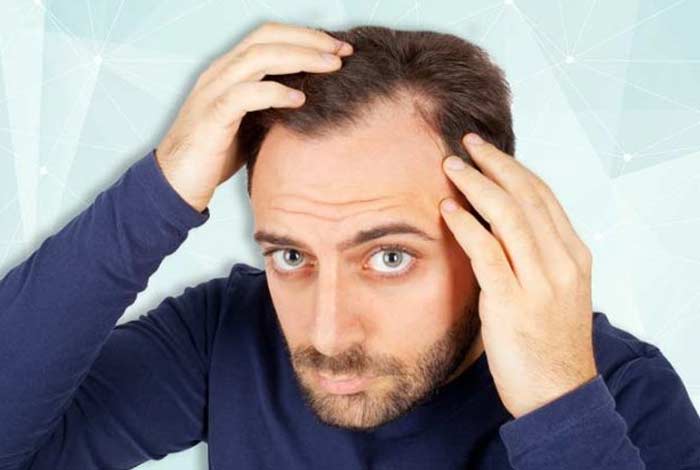
Minoxidil
Minoxidil is the generic name for Rogaine and can be used both as a preventative measure and means to regrow lost hair. You can find it in either liquid or foam form, are typically advised to apply it twice a day.
Once you begin a Minoxidil regimen, you’ll need to continue indefinitely, as you will lose your progress if you stop using it.
Finasteride
Finasteride, otherwise known as Propecia or Proscar, was created to treat both enlarged prostate and hair loss in men. Instead of a topical application, it’s taken in pill form and can only be obtained via a physician’s prescription.
This pill is taken daily and can produce results, but there is a caveat. Regardless of whether you choose Minoxidil or Finasteride, it can take a full year before you even begin to see results. Patience and consistency are key when using hair loss products.
Use the Best Hair Loss Treatment for Men to Slow or Reverse Alopecia
When you’re looking for the best hair loss treatment for men, there’s no one size fits all answer. Certain remedies that worked for someone else may not work for you.
If you find that you could be taking steps to improve your health, it’s time to take them. The better your health, the more likely that your hair will stay healthy and intact for years to come.
If that doesn’t work, it may be time to set an appointment with your doctor.
For more tips on improving your health and appearance, be sure to take a look at our blog!

